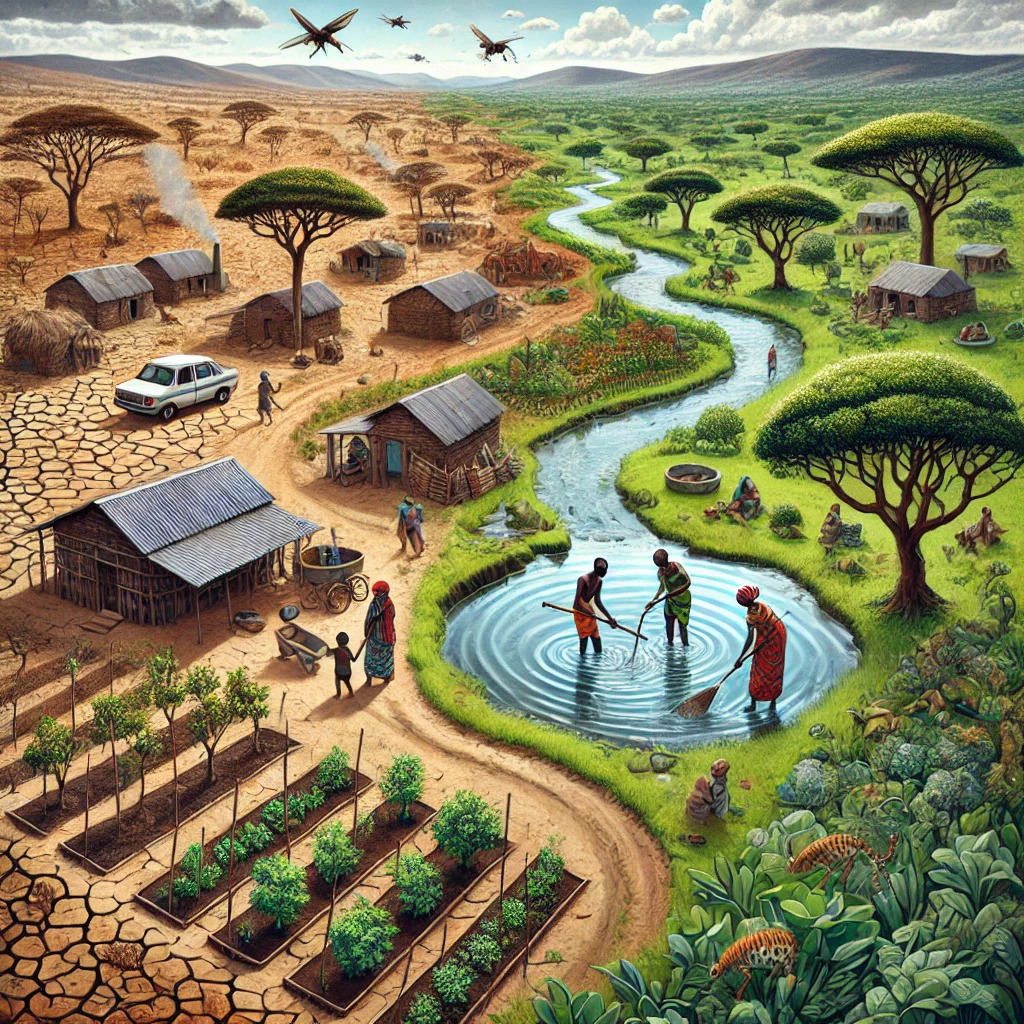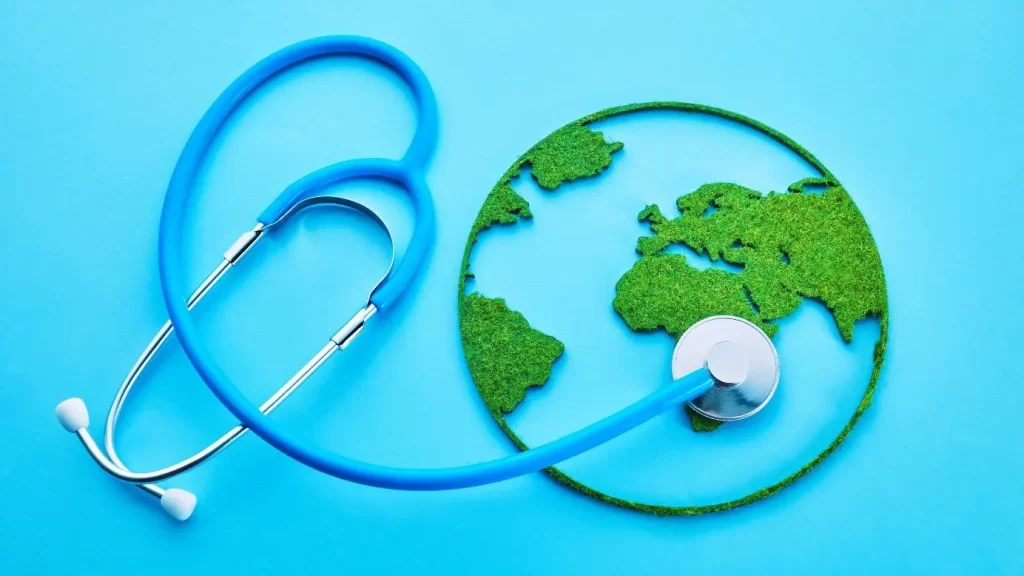If you’ve lived in Kenya, you’ve probably noticed how our weather patterns seem more extreme
than they used to be. Floods and droughts are becoming more intense, and while they may
seem like just natural events, they’re also shaping our health in ways we might not immediately
realize. The link between climate change and health is one we’re feeling more than ever right
here at home.
Take the recent floods in places like Kisumu and Budalang’i. When heavy rains hit hard and
fast, they displace families, damage homes, and lead to standing water that lingers even after
the floods recede. This stagnant water becomes a breeding ground for mosquitoes, which
means more cases of malaria for communities that are already dealing with the impacts of the
flood itself. The spread of waterborne diseases like cholera becomes a real risk, especially
where clean drinking water is scarce after a flood.

Then there’s drought, which has been devastating counties in the North and Northeast. When
we face drought, it’s not just about water shortages; it’s also about food scarcity. Droughts ruin
crops and wipe out livestock, making it harder for families to find affordable, nutritious food.
Malnutrition rises, affecting young children especially. And because malnutrition weakens the
immune system, it puts people—especially the most vulnerable—at risk for other health issues.
In Kenya, drought’s impact on food security has become one of the most immediate health
challenges we’re up against.
Air quality is another concern, particularly in urban areas like Nairobi, Mombasa, and Nakuru.
You might have noticed more smog, especially with the increased use of generators during
power cuts or the congestion in traffic. Breathing in polluted air can irritate our lungs and trigger
respiratory issues like asthma, and people who already have respiratory conditions feel this
impact even more. When you add in climate-related wildfires or dust from dry spells, air quality
goes down further, affecting the health of both children and adults.
Even the spread of diseases is changing. Kenya’s warming temperatures have allowed
diseases like dengue fever to reach areas that weren’t affected before. Warmer weather makes
it easier for mosquitoes to thrive, and communities in higher-altitude areas like Kericho are now
at a greater risk for diseases they haven’t had to deal with on this scale in the past.

Finally, these climate extremes take a mental toll, too. Families displaced by flooding face
trauma, and the constant cycle of drought and food scarcity creates stress and anxiety. Climate
change affects livelihoods, too—farmers, fishermen, and people who depend on natural
resources to make a living are facing uncertainty about what each season will bring. This
ongoing pressure affects mental well-being, often in ways that are easy to overlook but run deep
in our communities.
What’s clear is that when we push for climate action, we’re also pushing for better health. Every
initiative towards sustainable agriculture, every policy aimed at conserving our forests and water
resources, every effort to invest in clean energy—it all works toward a future where our families
can be healthier and more resilient. In Kenya, climate action and health action are two sides of
the same coin, and protecting our environment means protecting our people, too.


This has been an eye opener. Small problems that look small are affecting us. Thank you. This has shifted how I think and protect the environment.
Nice Article
Very insightful and informative. Let’s champion for climate action.
Sure, we have underestimated the impacts of climate change. We forgets, we are the real time victims. I second you that “When we push for climate action, we’re also pushing for better health,” therefore let’s act.
Sure that is good move to make
Informative article there. We are responsible for climate change. Let’s join hands together for a better environment.